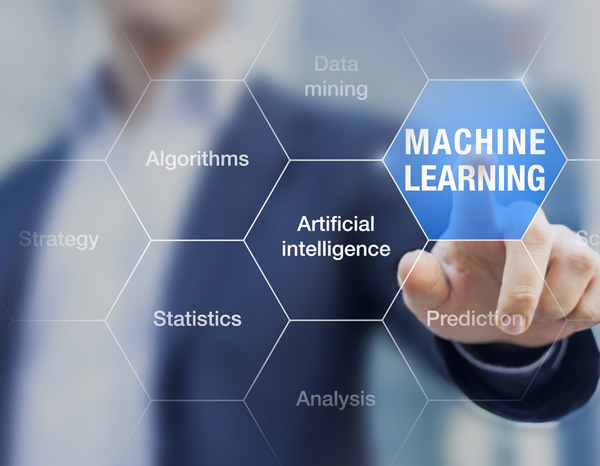
Deep learning has enabled innovation and transformation across a broad range of industries. From anomaly detection to video analysis, businesses have been able to leverage artificial intelligence to gain competitive advantage and even change the way their markets approach the customer experience.
Deep learning, which is a specialized and advanced form of machine learning, performs what is considered “end-to-end learning”. Applications using deep learning are built on deep neural networks (DNN), an artificial neural network with multiple hidden layers of units between the input and output layers. Artificial neurons loosely model an artificial brain, with each neuron connected to many others with an individual neural unit performing a summation function that combines the values of all its inputs together. The effect is that it is possible to train systems to be self-learning and that can perform specific tasks, given enough training data and time. These systems can often excel in areas where the solution or feature detection is difficult to express in a traditional computer algorithm. Convolutional neural networks (CNN) model animal visual perception, and can be applied to visual recognition tasks. CNNs can take advantage of the 2D structure of the input data. In comparison with other deep architectures, convolutional neural networks have shown superior results in both image and speech applications.

This is the process of an AI application identifying and detecting an object or a feature in a digital image or video. Image classification has taken off in the retail vertical which is using deep learning models to quickly scan and analyze in-store imagery to intuitively determine inventory movement. This has led to streamlined operations, reduced costs, and new sales opportunities.

This is the ability of a deep learning model to receive and interpret dictation or to understand and carry out spoken commands. Models are able to convert captured voice commands to text and then use natural language processing to understand what is being said and in what context. This has delivered massive benefits to industries like automotive, healthcare, customer service etc.

This deep learning technique strives to recognize abnormal patterns which don’t match the behaviors expected for a particular system, out of millions of different transactions. These applications can lead to the discovery of an attack on financial networks, fraud detection in insurance filings or credit card purchases, production control, optimising energy consumption, even isolating sensor data in industrial facilities signifying a safety issue.

These models analyze user actions in order to provide recommendations based on user behavior, shopping history. Recommendation engines are critical components of e-commerce sites. This massively reduces the friction for the user and provides efficient revenue streams for the company.

This leverages deep learning techniques such as natural language processing, text analysis, and computational linguistics to gain clear insight into customer opinion, understanding of consumer sentiment, and measuring the impact of marketing strategies. It can be also used to gather information about Patients and their diseases in healthcare industry.

Deep learning models have made it possible to process and evaluate vast streams of video footage for a range of tasks including threat detection, which can be used in airport security, banks, and sporting events. Media companies leverage video analysis to ensure that lag is eliminated and the user experience is maximized.